Lessons Learned From Teaching My First High School Young Adult Literature Course
Our Why
I would say that our class was, overall, a huge success despite being taught 100% virtually using a combination of Canvas and Google Meets. While it absolutely was not perfect, I learned a lot and my students did as well!
Lesson One: Setting Goals for Reading
- “I want to read five books recommended to me by my mom.”
- “I want to use a bullet journal to track my reading.”
- “I want to read for 30 minutes every night before bed.”
- “I want to find a book I love in a genre I hate.”
Throughout the semester, students reflected on their progress and participated in 1-on-1 conferences with me to discuss their goals, modify them, delete them, or create new ones based on their progress. Critically, grades in the course are not defined by whether or not the student completes their goal, but rather on their reflection and discussion about the process. I also used this time to ask questions about the books they completed and recommend new books based on their responses.
I learned a lot from these goal setting conversations with students. In particular, it was so helpful for getting to know my students as readers and how to challenge them individually. These conversations were also so important while teaching and learning during the pandemic when students were struggling with their “new normal.” Goal setting and conferences were an exceptionally valuable part of our course and in building a community in our classroom.
Lesson Two: Audiobooks are Awesome
Lesson Three: The Outsiders is Still a Hit
| We read three books together as a class in my course as examples of the different eras in young adult literature. The Outsiders is the first book we read as an example of the first/early young adult books that define the category. Even though my students read so many of the latest and greatest YA novels, The Outsiders was still a stand-out novel for many of them in their final presentations and evaluations of the course. This shouldn’t come as a surprise because the book is still widely popular over fifty years since its publication, but it was clear that Ponyboy still resonates with Generation Z |
These sharing sessions became the highlight of my week because I could physically see students being inspired to read things based on their peers’ recommendations. For example, one week a student shared that she finished The Poet X by Elizabeth Acevedo and wanted to continue reading books by her, so she picked up Clap When You Land. Next thing I knew I had three hold requests for Clap When You Land in my computer system and half the class added the book to their official TBR lists.
Lesson Five: I Need To Read More Manga
Luckily lesson four above applied to these readers and they did a great job of recommending books to each other. I also certainly took note of books and series they were reading that piqued my interest. But it was very clear that I have a huge Manga-shaped hole in my own reading practices that cannot be ignored! Just as my students set reading goals for themselves, I, too, created my own list. “Read the first book in three different Manga series” is my first goal for the coming summer break.
Final Thoughts
| Bio: Dr. Tara Anderson Gold is a media coordinator at Millbrook High School in Raleigh, North Carolina. Prior to becoming a media coordinator she taught middle school English. Her research focuses on young adult literature and adolescent literacy practices in digital social media spaces such as BookTube. Additionally, she explores how understanding these digital practices can better inform both classroom instruction and library programming. |
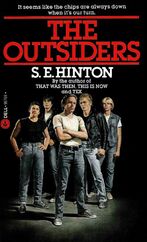
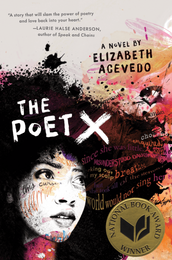

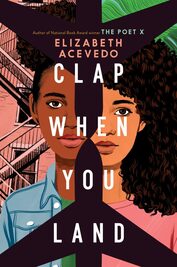

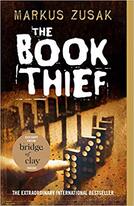
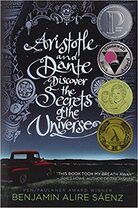
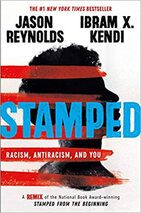
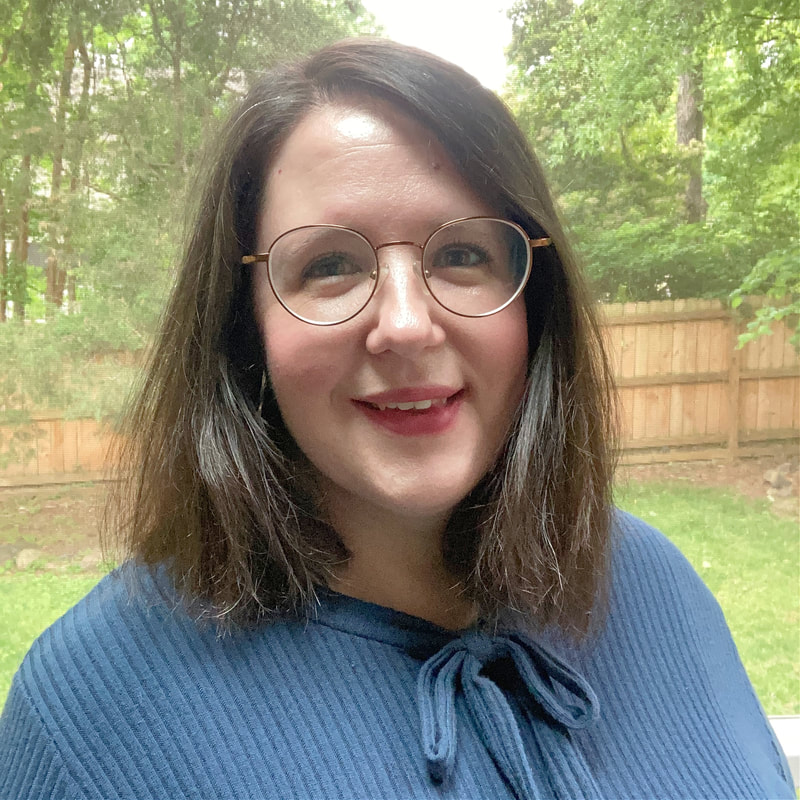

 RSS Feed
RSS Feed